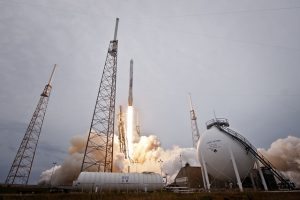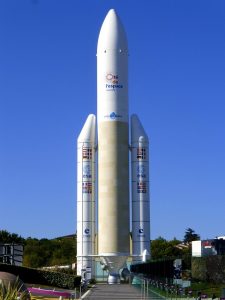10 Tips to Launch Your Aerospace Engineering Education: Math, Physics, CAD, Programming, and More
To thrive in aerospace engineering, aspiring professionals must build a strong base in mathematics,…….

To thrive in aerospace engineering, aspiring professionals must build a strong base in mathematics, particularly calculus, differential equations, and linear algebra, alongside advanced physics knowledge in classical mechanics, electromagnetism, and fluid dynamics. Complementing this with proficiency in CAD software like SolidWorks or AutoCAD and programming skills in Python, MATLAB, or C++ is crucial for tackling complex simulations and control systems. Aerospace Engineering students should actively engage with practical experiences through model rocketry, robotics competitions, and internships to bridge theory and application. Additionally, developing soft skills such as critical thinking, problem-solving, interpersonal communication, active listening, and emotional intelligence is essential for working effectively in diverse teams and contributing to innovation under pressure. Utilizing university resources, industry partnerships, and mentorship opportunities can further enhance learning and position students for a successful career in the dynamic field of aerospace engineering.
Embark on a comprehensive journey to lay a robust foundation for your future in Aerospace Engineering. This guide meticulously outlines the critical steps, skills, and resources essential for a smooth transition from high school to university studies. Whether it’s mastering the mathematical and physical principles, honing CAD and programming prowess, or familiarizing oneself with the core tenets of aerospace engineering, this article serves as your launchpad. Additionally, we explore soft skills that will thrive in collaborative settings, and identify indispensable resources for advanced study and real-world experience. Prepare to navigate the complexities of this demanding field with confidence and precision.
- Mastering Mathematics and Physics Fundamentals
- Excelling in Computer-Aided Design (CAD) and Programming Skills
- Familiarizing with Aerospace Engineering Principles
- Acquiring Essential Soft Skills for Collaborative Environments
- Identifying Resources for Advanced Study and Real-World Experience
Mastering Mathematics and Physics Fundamentals
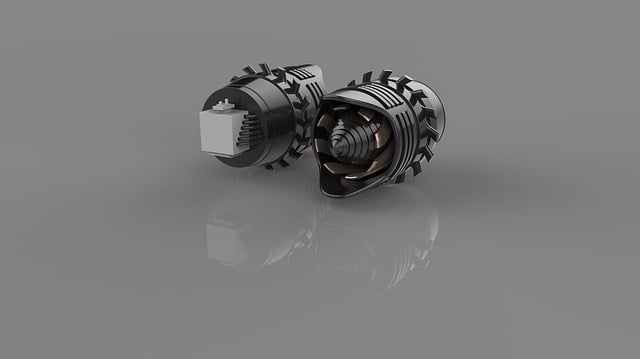
To excel in aerospace engineering, a solid foundation in mathematics and physics is paramount. These subjects are the cornerstone of understanding the principles that govern flight dynamics, orbital mechanics, and thermodynamics, which are integral to the field. As you approach your degree, ensure you have a firm grasp on algebra, calculus, differential equations, and linear algebra, as they will be frequently applied in aerospace problems. Additionally, delve into advanced physics courses covering classical mechanics, electromagnetism, and fluid dynamics to comprehend the forces at play within different flight regimes and space environments. Engage with textbooks, online resources, and problem sets that focus on these topics to sharpen your analytical skills and prepare for the complex calculations inherent to aerospace engineering design and analysis. Simultaneously, hands-on experiences through science fairs, model rocketry, or robotics competitions can provide practical applications of these theories, further solidifying your understanding before you embark on your academic journey in aerospace studies. By mastering the fundamentals of mathematics and physics early on, you’ll lay down a robust foundation that will support your success throughout your aerospace engineering education and beyond.
Excelling in Computer-Aided Design (CAD) and Programming Skills
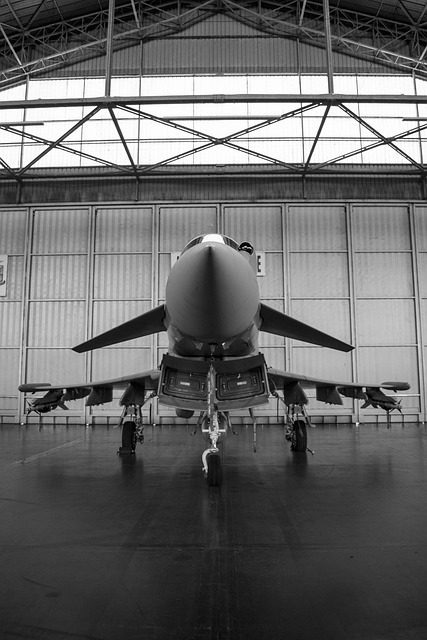
To excel in Aerospace Engineering, proficiency in Computer-Aided Design (CAD) is indispensable. CAD tools are fundamental for visualizing and designing complex structures and systems, such as airplane wings or satellite components. High school students aspiring to enter the field should familiarize themselves with software like SolidWorks, AutoCAD, or CATIA through online tutorials, summer programs, or high school courses if available. Practice by tackling projects that simulate real-world engineering challenges will not only enhance your skills but also prepare you for the rigorous demands of university coursework. Additionally, programming is a complementary skill that opens doors to advanced simulations, data analysis, and control systems integral to aerospace applications. Learning languages such as Python, MATLAB, or C++ can provide a solid foundation. University programs often integrate these skills into their curricula, but early exposure through coding bootcamps, online courses, or high school computer science classes can give you a head start. Engaging with real-world problems and creating models or programs related to aerodynamics, propulsion, or space exploration will not only solidify your understanding but also demonstrate your passion and preparedness to future educators and employers in the field of Aerospace Engineering.
Familiarizing with Aerospace Engineering Principles
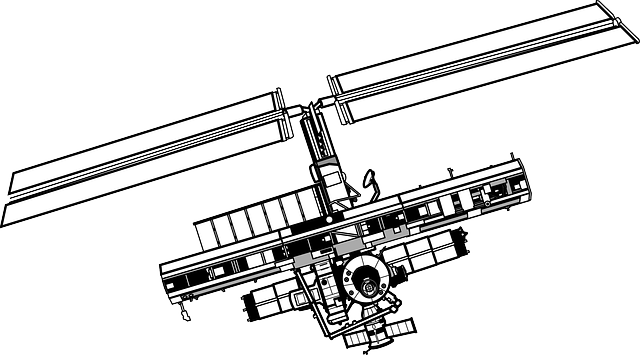
To effectively prepare for a degree in aerospace engineering, it’s crucial to familiarize oneself with the fundamental principles that underpin this multifaceted field. A solid foundation in mathematics and physics is indispensable, as these subjects provide the mathematical models and scientific understanding necessary to analyze and solve problems related to flight dynamics, aerodynamics, propulsion, structures, and materials. High school courses in calculus, differential equations, and trigonometry are particularly beneficial, as they lay the groundwork for higher-level engineering mathematics. In addition to a strong mathematical and scientific background, developing competencies in computer science, especially programming, can be highly advantageous. Many aerospace applications require simulation and modeling using software tools, and proficiency in coding can significantly enhance problem-solving capabilities.
Beyond the academic skills, aspiring aerospace engineers should immerse themselves in real-world aerospace phenomena. This includes understanding the basics of flight, orbital mechanics, and thermodynamics. Resources such as online courses, textbooks, and materials from aviation and space organizations can serve as valuable learning tools. Engaging with technology and innovation through workshops, summer camps, or internships in relevant fields can also provide a practical perspective on what to expect. To complement this theoretical knowledge, hands-on experience with model aircraft, rockets, or even robotics can foster an appreciation for the practical challenges of design and engineering. By combining academic preparation with a passion for aviation and space exploration, students can embark on their aerospace engineering journey well-equipped to tackle the complexities and innovations that lie ahead.
Acquiring Essential Soft Skills for Collaborative Environments
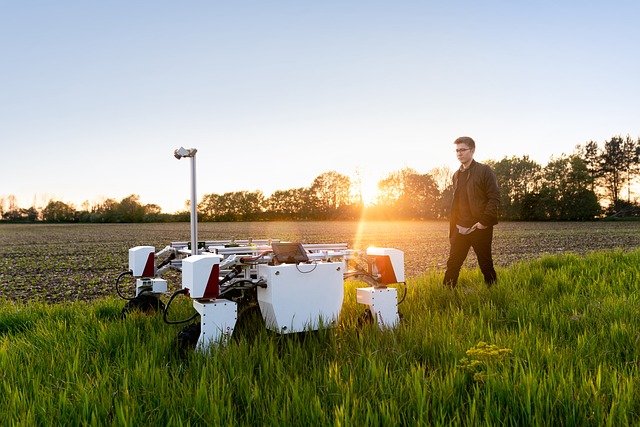
Prior to embarking on an aerospace engineering degree, it is advantageous to cultivate soft skills that will facilitate collaboration and communication within diverse teams. These skills include critical thinking, problem-solving, and effective interpersonal communication. Collaboration in aerospace engineering often requires interdisciplinary teamwork, where understanding different perspectives and bringing them together cohesively is key. Engaging in group projects, extracurricular activities, or community service can provide practical experience in these areas. Additionally, developing active listening skills and the ability to articulate ideas clearly will be beneficial throughout your academic and professional career. Embracing opportunities for leadership roles, even at a nascent level, can also help you gain confidence and the ability to manage and inspire teams towards achieving common objectives.
Furthermore, emotional intelligence is paramount in a field that often faces complex challenges requiring innovative solutions. Being adept at self-assessment, empathy, and adaptability allows for better conflict resolution and will be appreciated by future employers who value team members capable of thriving under pressure. To enhance these skills, consider courses or workshops on interpersonal dynamics, communication, and leadership. Engaging with peers and mentors from various disciplines can also broaden your understanding of different approaches to problem-solving, which is invaluable in aerospace engineering. Building a foundation in soft skills not only prepares you for the collaborative environment you’ll encounter in your degree but also sets the stage for a successful and fulfilling career as an aerospace engineer.
Identifying Resources for Advanced Study and Real-World Experience
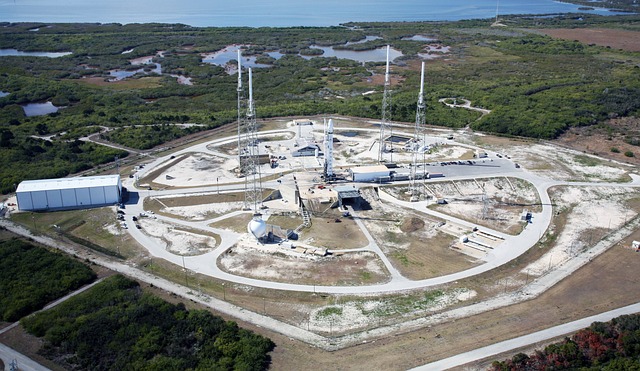
As you approach the threshold of aerospace engineering, it’s crucial to tap into resources that will augment your theoretical knowledge with practical insights. Engage with academic institutions’ websites and databases to identify courses, workshops, or summer programs in aerospace that can provide a head start. Many universities offer open online courses, often free of charge, which cover fundamental concepts and advanced topics within the field. These can be an excellent way to build foundational knowledge and develop skills in aerodynamics, propulsion, materials science, and more.
In parallel with academic pursuits, seek out opportunities for real-world experience through internships, scholar programs, or involvement in model rocketry clubs and competitions. These experiences offer invaluable hands-on learning, allowing you to apply theoretical principles in practical scenarios. Industry partnerships, engineering competitions, and mentorship programs can also serve as stepping stones towards a career in aerospace. By leveraging these resources early on, you’ll not only gain a competitive edge but also a deeper appreciation for the complexities and dynamics of the field. This practical approach complements your academic journey, ensuring that you are well-prepared to tackle the challenges of aerospace engineering with confidence and innovation.
embarking on a journey to pursue a degree in Aerospace Engineering, it’s crucial to lay a solid foundation in the key areas that will support your studies. This guide has outlined the essential tips and resources necessary to prepare, from honing your mathematical and physics acumen to mastering computer-aided design and programming skills. Additionally, understanding aerospace engineering principles and developing soft skills for collaborative environments are vital components of your academic toolkit. By leveraging advanced study materials and seeking out real-world experience, you’ll be well-positioned to navigate the challenges and opportunities that come with this exciting field. As you transition from high school to university, remember that preparation is multifaceted, encompassing both academic skills and personal development. With these steps in place, you can look forward to a rewarding experience in the realm of Aerospace Engineering.
